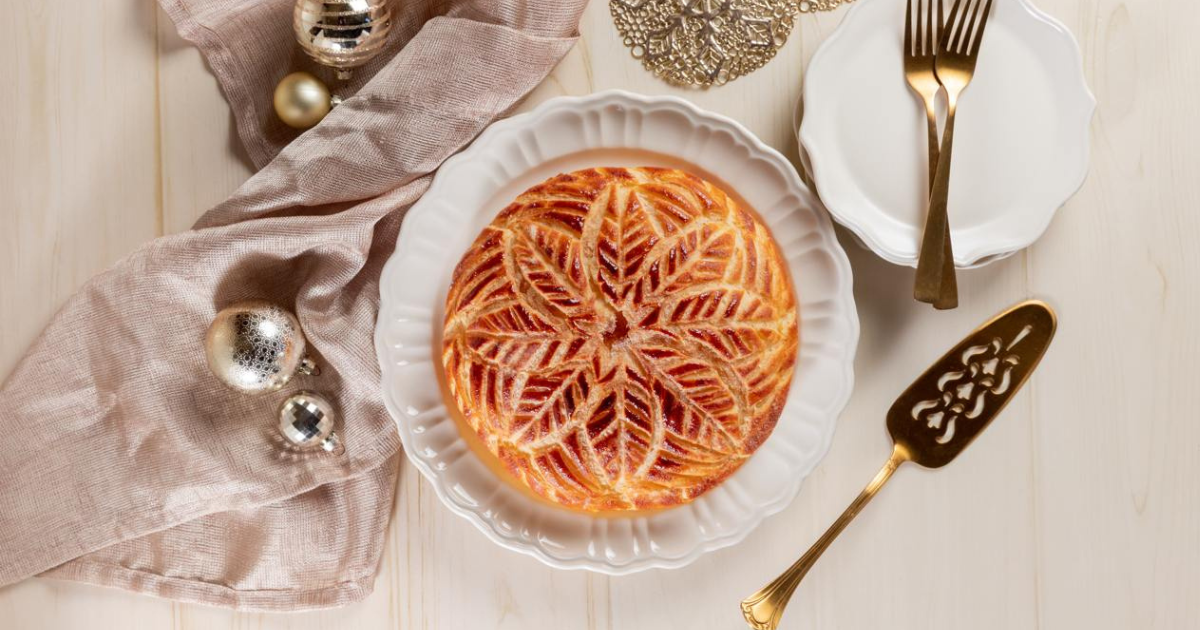Galette des Rois or A King Cake
A french tradition: from ancient times to the present

French culture is famous for its diverse cuisine and exquisite desserts, and one of its most iconic symbols is the Galette des Rois, which is translated as “A King Cake” or “The Cake of the Wise Men.”
More than just a delicious treat, this traditional pastry made from flaky puff pastry and a rich almond filling is steeped in history, carrying a legacy that spans centuries.
The history of Galette des Rois
Traditionally baked in honor of Epiphany, a Christian feast commemorating the visit of the Magi to the infant Jesus, the Galette des Rois remains a beloved tradition in France and beyond.
The origins of Galette des Rois trace back to ancient Roman times. During the festival of Saturnalia, held to celebrate the end of the winter solstice, social roles were temporarily reversed: slaves became masters for a day, and a “King for a Day” was chosen by hiding a bean inside a cake. Whoever found the bean in their slice was granted the title and the privilege to fulfill their desires for that day, even a slave could give orders to their master.
Over time, the humble bean was replaced with tiny porcelain or plastic figurines depicting traditional Christmas characters. Today, the hidden surprise can vary widely, anything from miniature coins to figurines of cartoon characters.
An ancient ritual involved cutting the cake into as many portions as there were people present, plus one extra slice known as la part du Bon Dieu (“God’s share”), which was reserved for the first poor person to pass by.
Following traditions
From late December through all of January, French bakeries are filled with the enticing aroma of freshly baked Galette des Rois. Locals indulge in this delightful cake multiple times during the festive season, savoring the experience with family, friends, and colleagues.
Interestingly, the recipe for the cake varies by region. In southern France, for example, it’s often baked in the shape of a ring and decorated with candied fruits, resembling a jeweled crown. Some versions feature fillings infused with rum, citrus zest, or cinnamon, but the defining element of every Galette des Rois is the hidden surprise tucked inside.
Over time, the Galette des Rois transcended its religious roots and became a popular secular celebration. The tradition was so deeply embedded in French culture that it even survived the French Revolution.
In France, January is marked by the custom of “tirer les rois” or “drawing the kings,” where families, friends, and colleagues gather to share the cake. With each slice of this delicious pastry, participants continue a centuries-old tradition that brings people together, fosters a sense of community, and fills homes with warmth and joy.


